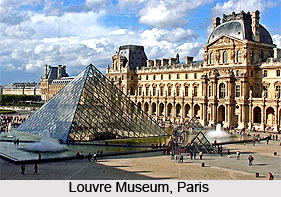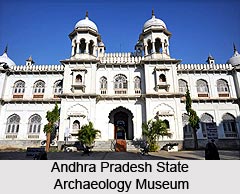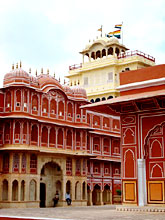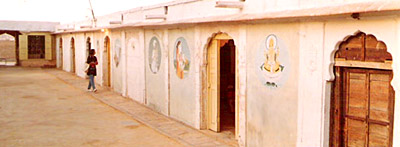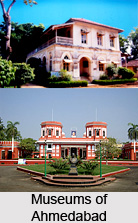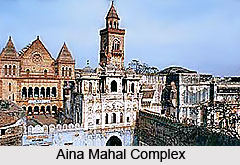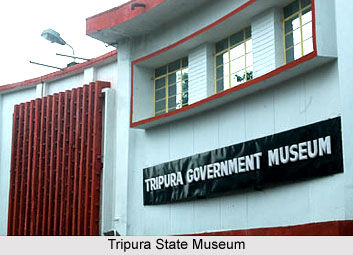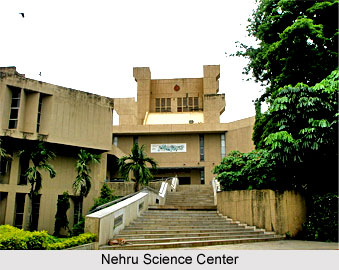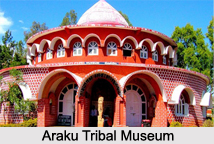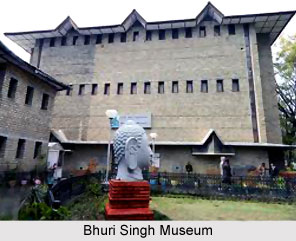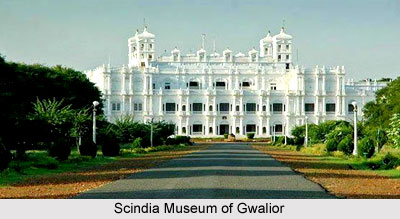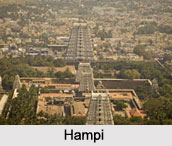 World Heritage Monuments in the South India are of number seven. Some of the most striking monuments in India are on the Deccan Plateau, covering the South Indian area of the country. Over 20 years ago, the UNESCO, through its World Heritage Committee, began the system of declaring certain outstanding monuments and sites, spread all over the world, as `World Heritage`. There are around 650 cultural and natural sites on the World Heritage List. Around 30 of these are in India and among these, nearly 50 percent are situated in South India.
World Heritage Monuments in the South India are of number seven. Some of the most striking monuments in India are on the Deccan Plateau, covering the South Indian area of the country. Over 20 years ago, the UNESCO, through its World Heritage Committee, began the system of declaring certain outstanding monuments and sites, spread all over the world, as `World Heritage`. There are around 650 cultural and natural sites on the World Heritage List. Around 30 of these are in India and among these, nearly 50 percent are situated in South India.
Different World Heritage Sites in South India
South India is very famed for its Temple architecture and the royal Western Ghat Mountain range. Following are the famous World Heritage Sites in South India:
Hampi: UNESCO has programmed the Vittal Temple and other relics of the town of Hampi as a World Heritage Site. Hampi was looted by the Deccan Muslim rulers in 1565 for over an age of 6 months before it was discarded. The World Heritage site of Hampi, set in countryside of rocks and waterways, holds the reminiscent ruins of wonderful temples and palaces which show to the prosperity and control of medieval Vijayanagar Empire.
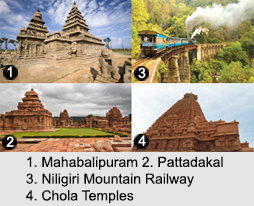 Monuments at Mahabalipuram: Being one of the UNESCO World heritage site, it was developed in the Pallava king Narashimha Varman I. The rock cut caves, colossal shrines, structural temples and vast bas-reliefs which depicts the master piece of the Pallava art.
Monuments at Mahabalipuram: Being one of the UNESCO World heritage site, it was developed in the Pallava king Narashimha Varman I. The rock cut caves, colossal shrines, structural temples and vast bas-reliefs which depicts the master piece of the Pallava art.
Pattadakal: These groups of monuments wrap up a sequence of nine Hindu Temples and a Jain Sanctuary in the Northern Karnataka. These are the temples built by the fine-praised Chalukya Dynasty.
Group of Chola Temples: This cultural heritage site contains three huge temples of 11th and 12th centuries that are the Brihadeeswara at Thanjavur, the Brihadeeswara Temple at Gangaikondacholisvaram and the Airavateswara Temple at Darasuram.
Niligiri Mountain Railway: These trains still go by conventional steam engines. On the mountains of Nilgiris; they are blended to perfection by engineering technique.
Western Ghats: It is one of the 8 hottest hotspots of biological diversity in the world. The range runs north to south beside the western border of the Deccan Plateau and divides the plateau from a thin coastal plain, called Konkan, along with the Arabian Sea.
Churches and Convents of Goa: The most important of these monuments is the Basilica of Bom Jesus, which preserves the tomb containing the ruins of St. Francis Xavier.
